Overview
The SW-420 Vibration Sensor Module is a compact, reliable sensor board designed to detect vibrations and shocks. With both analog and digital outputs and an adjustable sensitivity potentiometer, it is easy to integrate into security systems, industrial monitoring setups, robotics projects and hobby electronics using Arduino or Raspberry Pi.
Key Features
- High sensitivity detection using piezoelectric or accelerometer-based sensing elements for accurate vibration and shock detection.
- Dual output options: digital output (DO) for threshold-triggered events and analog output (AO) for continuous vibration level monitoring.
- Adjustable sensitivity with an on-board potentiometer to calibrate detection thresholds for different environments and use cases.
- Compact form factor that fits into tight installations and portable projects.
- Wide operating temperature range suitable for many industrial and consumer applications.
Specifications
- Sensor type: Piezoelectric or accelerometer-based
- Outputs: Digital (DO) and Analog (AO)
- Sensitivity adjustment: Yes, potentiometer on board
- Power supply: Typically 5V DC
- Operating temperature: -20°C to 85°C
- Dimensions: Compact module for easy integration
Pinout and Wiring
Typical pinout (from left to right on most boards):
- VCC: 5V supply
- GND: Ground
- DO: Digital output (high/low when vibration threshold is crossed)
- AO: Analog output (voltage proportional to vibration intensity)
Wiring example:
- Connect VCC to 5V on your microcontroller.
- Connect GND to ground.
- Use DO for interrupt-driven detection or AO to measure vibration intensity via ADC.
Integration Example: Arduino
Basic Arduino example to read both outputs:
// Connections
// VCC -> 5V
// GND -> GND
// DO -> digital pin 2
// AO -> analog pin A0
const int doPin = 2;
const int aoPin = A0;
void setup() {
Serial.begin(9600);
pinMode(doPin, INPUT);
}
void loop() {
int digitalState = digitalRead(doPin);
int analogValue = analogRead(aoPin);
Serial.print("DO: "); Serial.print(digitalState);
Serial.print(" AO: "); Serial.println(analogValue);
delay(200);
}
Applications
- Security systems and tamper detection
- Vibration monitoring on industrial equipment and machinery
- Robotics for collision or movement detection
- Earthquake or impact detection prototypes
- Consumer electronics and DIY sensor projects
Tips and Best Practices
- Adjust the potentiometer to set a false-trigger-free threshold for your environment.
- For sensitive measurements use the AO output and sample with an ADC at a suitable rate.
- Mount the module securely to the monitored surface to get consistent readings.
- Keep wiring short and use common ground when interfacing with microcontrollers.
- Remember the module is typically designed for 5V systems; check compatibility before connecting to other voltages.
Note: Product appearance may vary slightly from illustrations. Verify pin labels on your specific module before wiring.

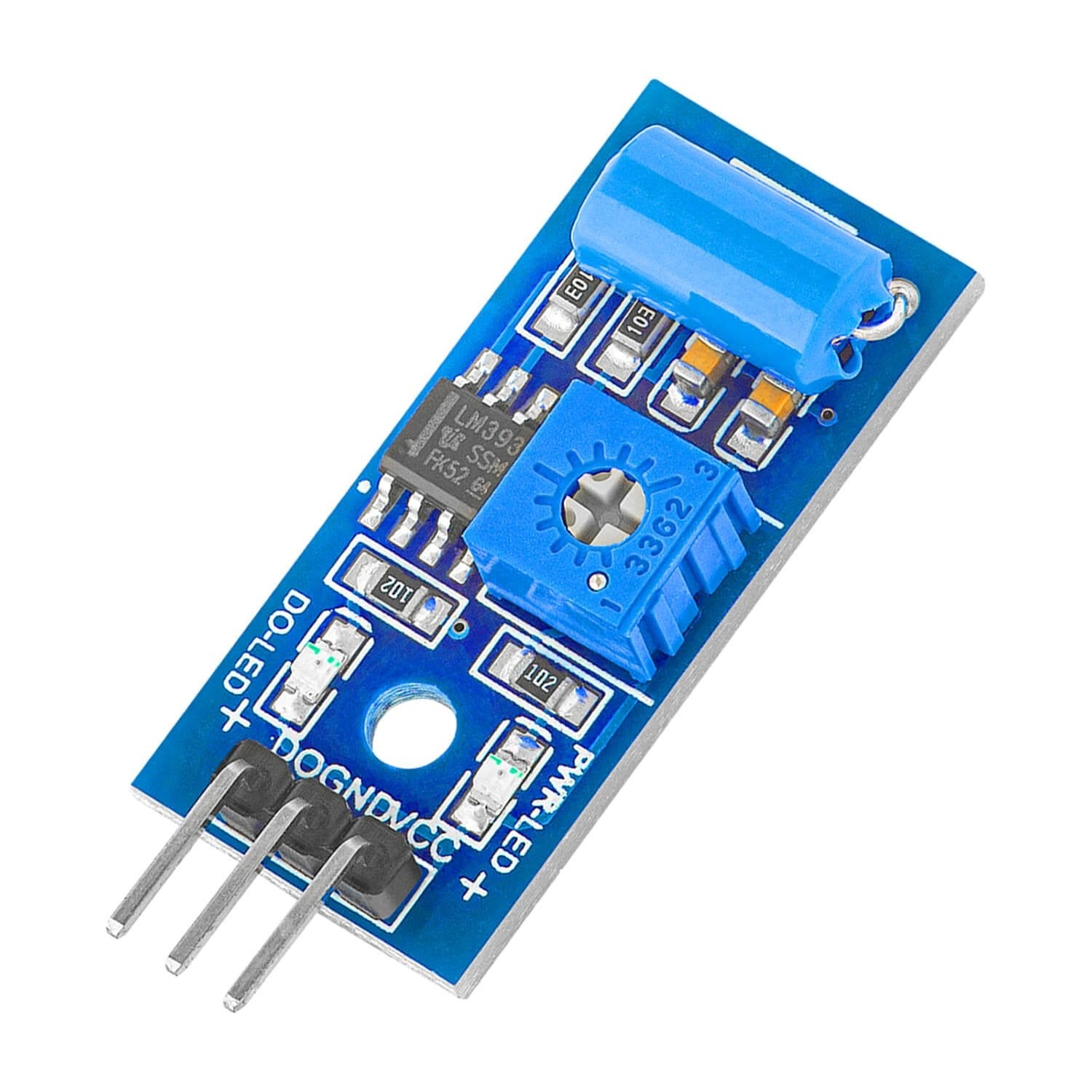
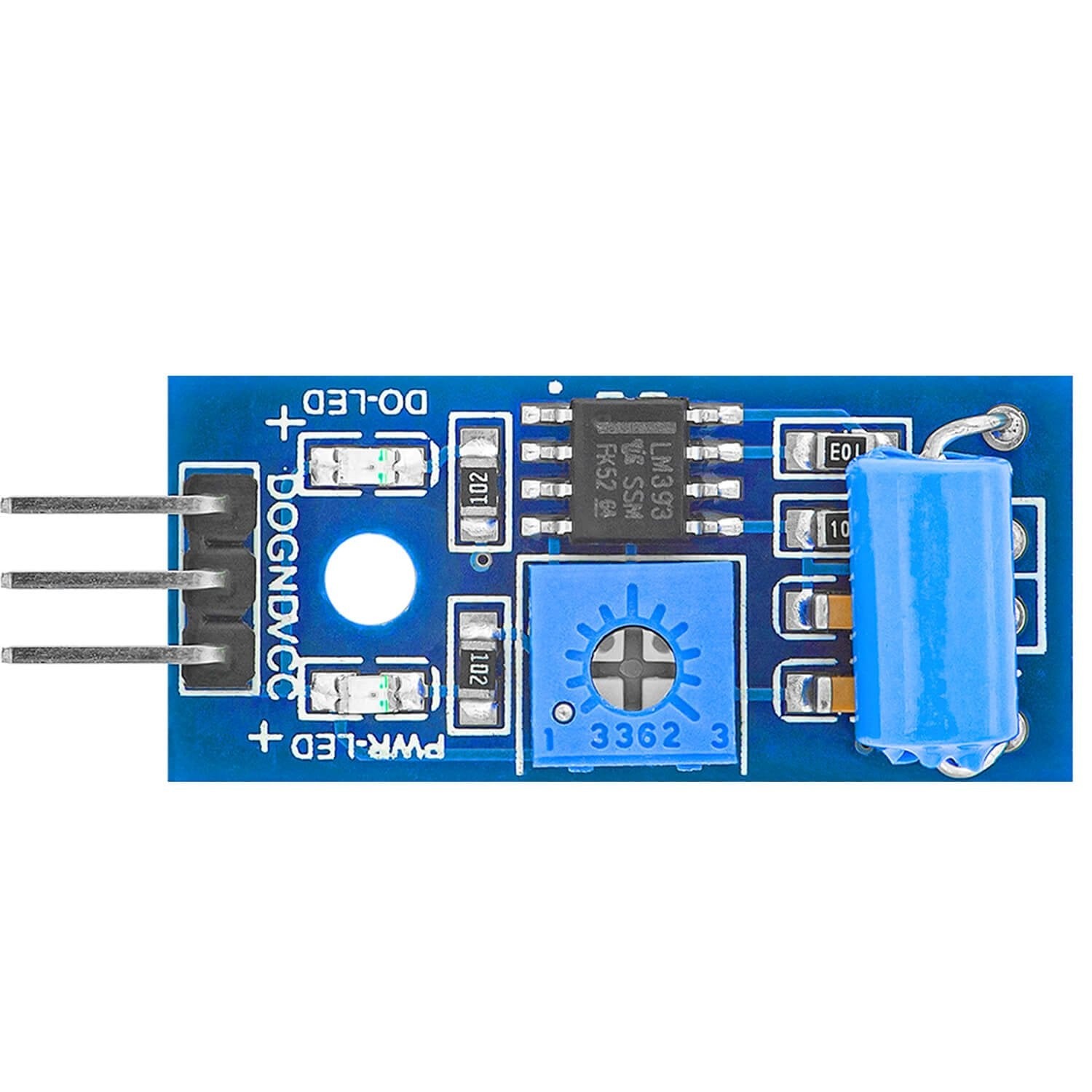
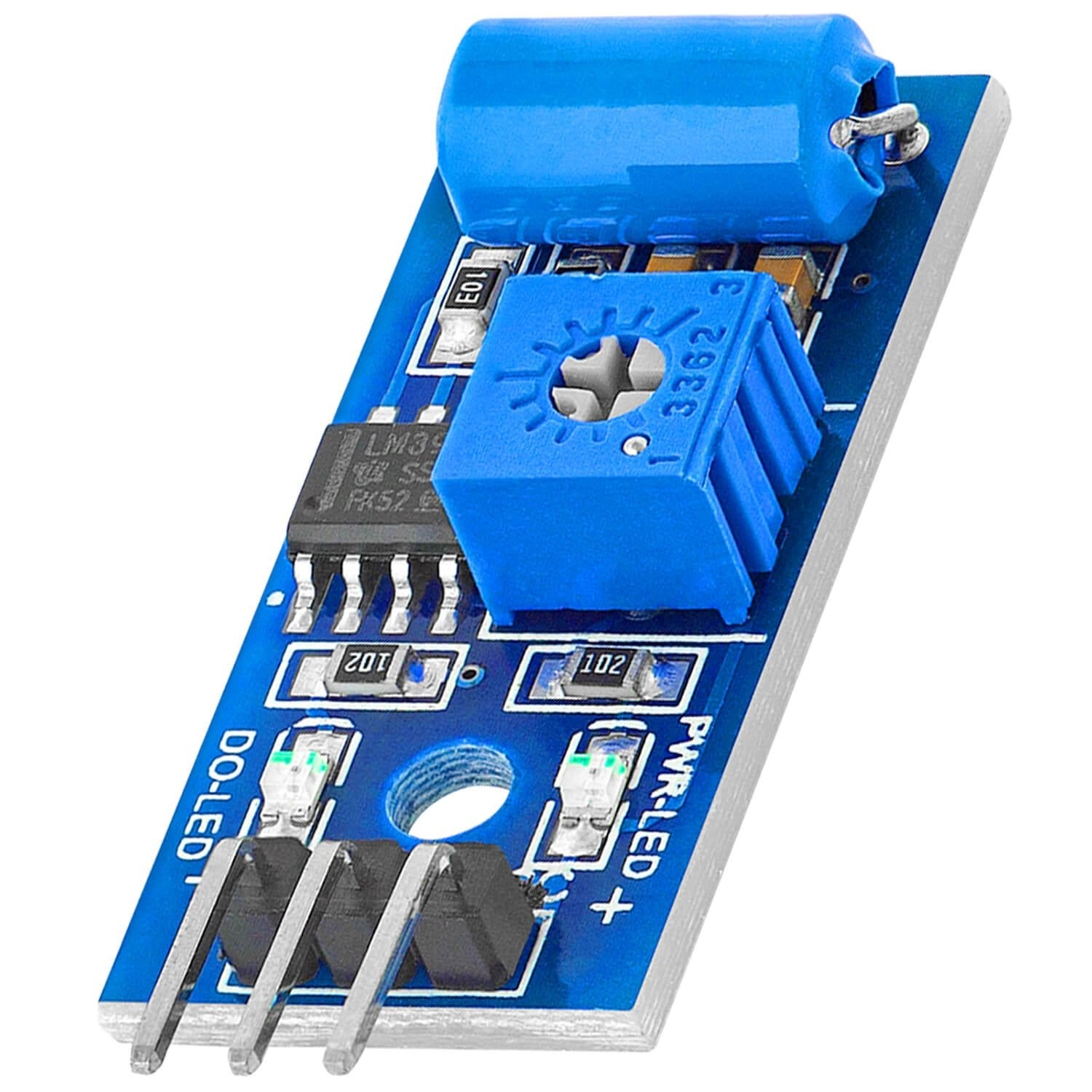
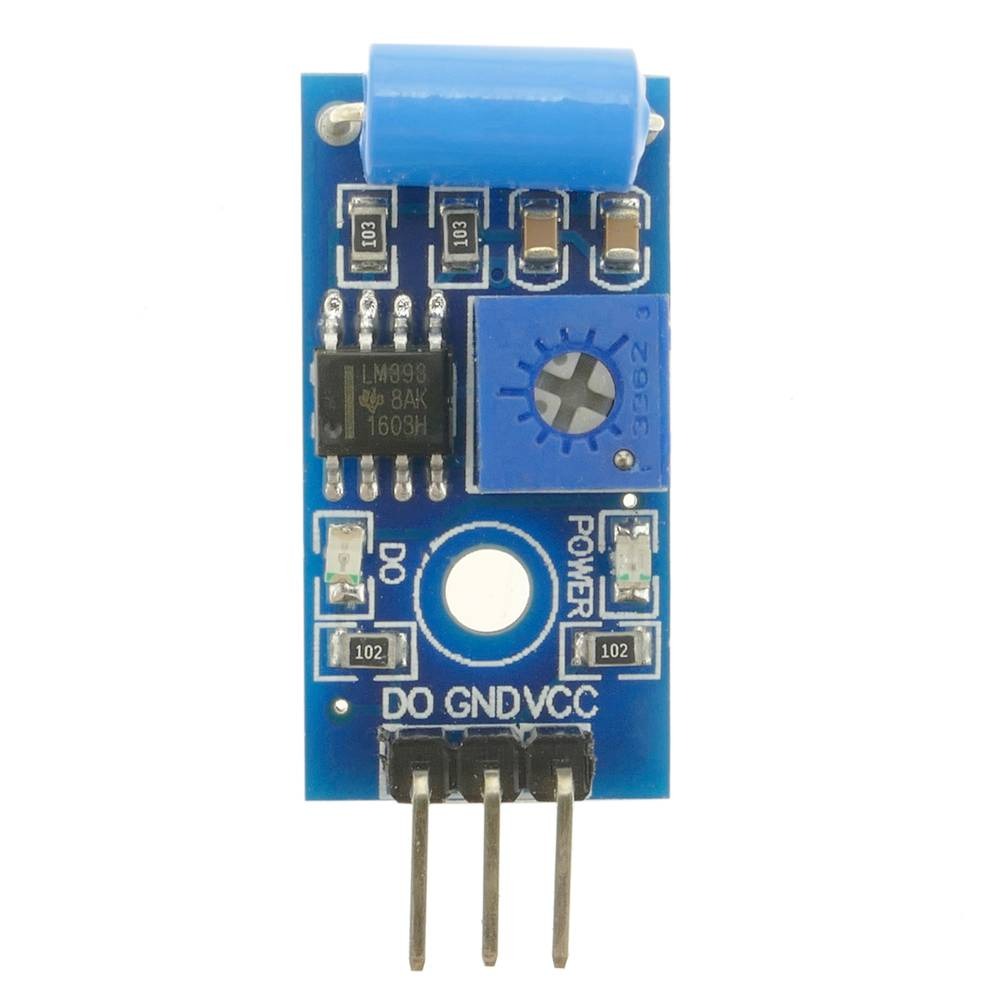


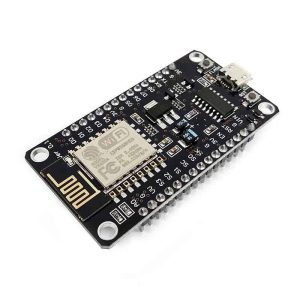
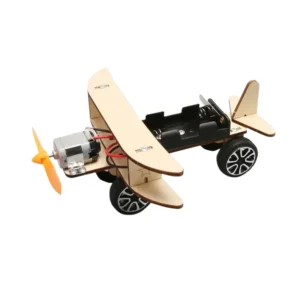
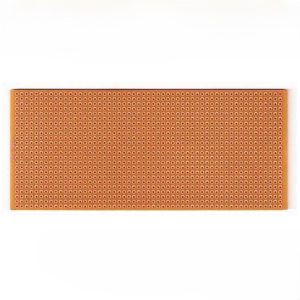


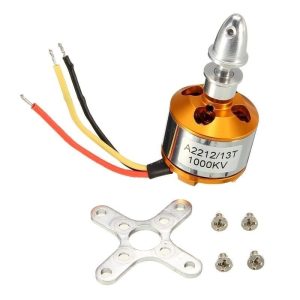
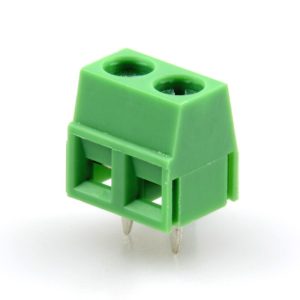
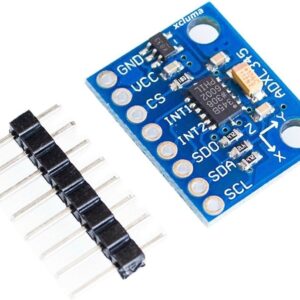
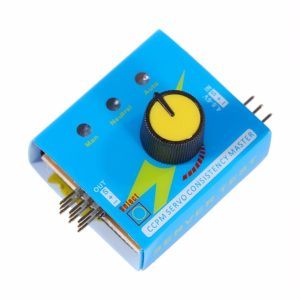

Reviews
There are no reviews yet